Saving Zoe is a crime drama centering around a highschool freshman named Echo (Laura Marano) who is investigating the circumstances around her older sister, Zoe’s (Vanessa Marano), death. The death was ruled a murder when Zoe’s body was found in her boyfriend’s car after she had borrowed it to go to a modling photoshoot with a man who claimed to be a photographer. The case was closed after ruling that this man is the one who murdered her. After finding Zoe’s diary Echo finds out things about Zoe that make her think that there is more to her murder than everyone thinks. She sets out on a mission to find out who her sister really was and what really happened in the days leading up to her death.
The plot focuses on the relationship of the two sisters and how Echo deals with the grief and trauma of what happened. The actresses’ portrayal of the girls is poignant and relatable because they are sisters themselves. In an interview with Hollywood Life they talk about how cathartic it was, having had a lot of loss in their lives, to work on a film together that is primarily about grief and the process of working through it (Hollywood Life). That personal emotional connection is very evident in the performances.
As she reads the diary we are shown flashbacks of the events in Zoe’s life that she is finding out about. In these flashbacks we see Zoe drinking at a pool party when she is supposed to be looking for a summer job. In a reversal of the presence of Zoe in Echo’s life after she is dead, we see a phantom Echo standing and watching the events of Zoe’s secret life. This visual representation of the two separate timelines that make up the film (Zoe’s murder and Echo’s investigation) show not only how little the two really knew each other but also how much Zoe’s death hurt Echo and how much she looked up to her sister and was convinced there was more to her death than just being stupid about meeting a stranger.
As Echo tries to find out more about her sister, she slowly becomes more like her in her looks and actions. She uses a line from the diary to talk to a boy she likes. She dresses in Zoe’s clothes to get into a party with Zoe’s friends. The physical differences between them become less as she starts curling her hair and using more sultry makeup. Her friends are disturbed by it a little, but we quickly see that this is an act to get her closer to the people she suspects are responsible for what happened to Zoe.
When her digging reveals that Zoe had been drugged and raped on film and the meeting with the “photographer” was an attempt to get the video erased Echo has to find a way to make everyone aware of what the circumstances behind her murder really were. In a scene where her family meet with a therapist to talk about Zoe’s death Echo breaks down. She screams at them for not noticing what she didn’t notice until she read the diary. She states that Zoe wasn’t naive and there must have been more to it, a direct opposite to the accusation she makes earlier that she got what she wanted.
This film takes on issues of sisterhood, grief, and sexual exploitation while offering a gripping murder mystery. While the plot of the film is a murder mystery and the topic of sexual trafficking isn’t revealed until late into the film, it highlights the problems with how the issue is treated in society. The Marano women had been working on developing the book into a film for over ten years (Hollywood Life) and the end product is well worth the time put into it.
Laura and Vanessa Marano. “Saving Zoe and Equality Now”. Equality Now, 2019.
Stagnitta, Ali. “Laura and Vanessa Marano Educate Fans in ‘Haunting’ Story of Grief and Sexual Exploitatation, ‘Saving Zoe’”. Hollywood Life. 18 July, 2019. https://hollywoodlife.com/2019/07/18/laura-marano-vanessa-marano-saving-zoe-interview/


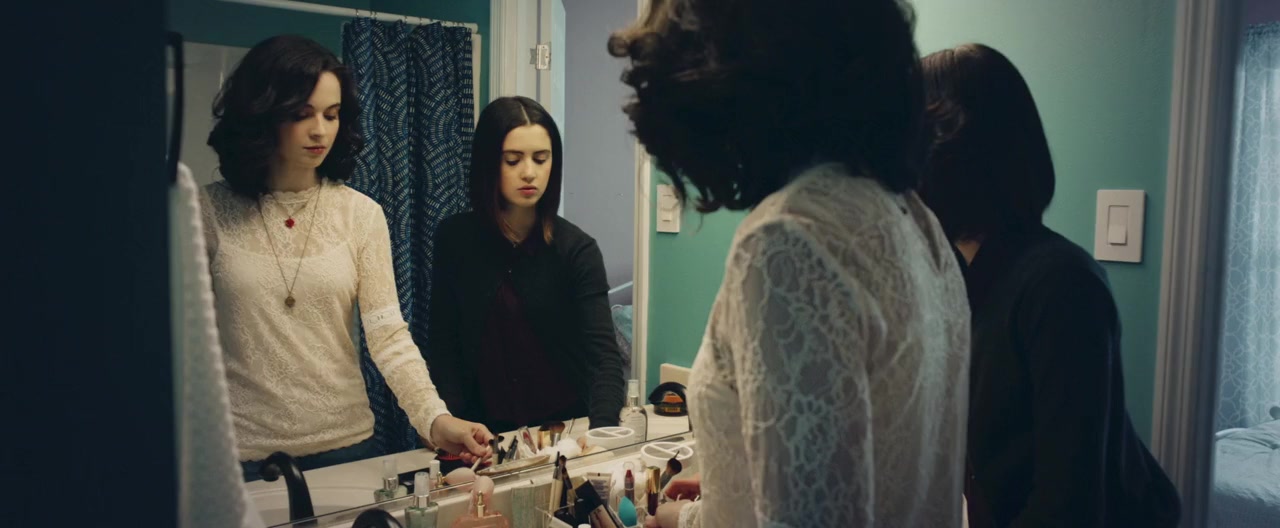
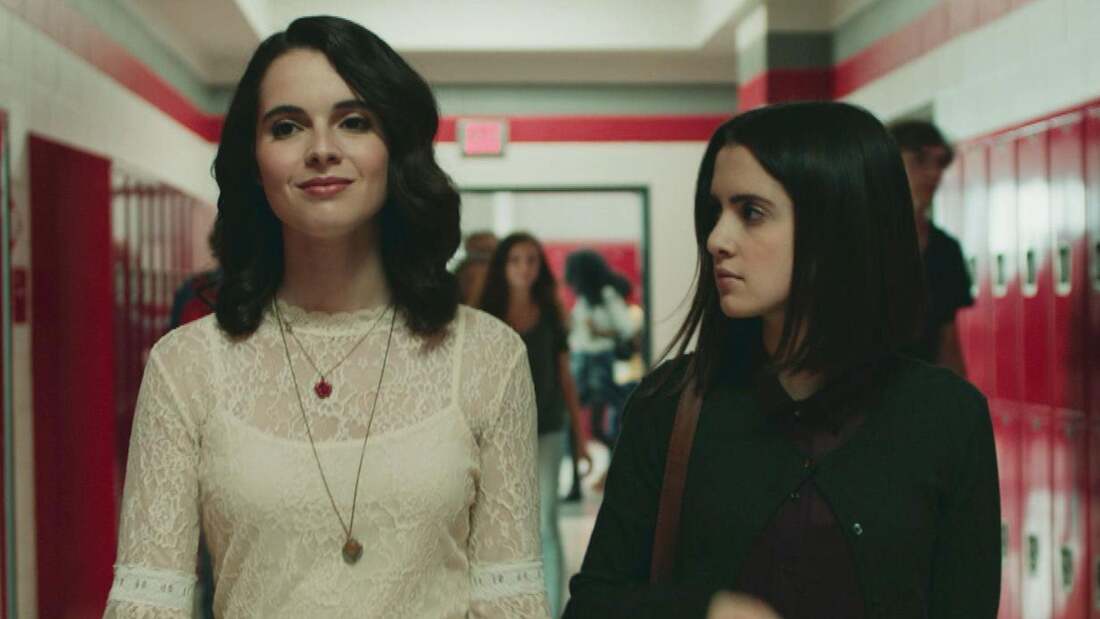

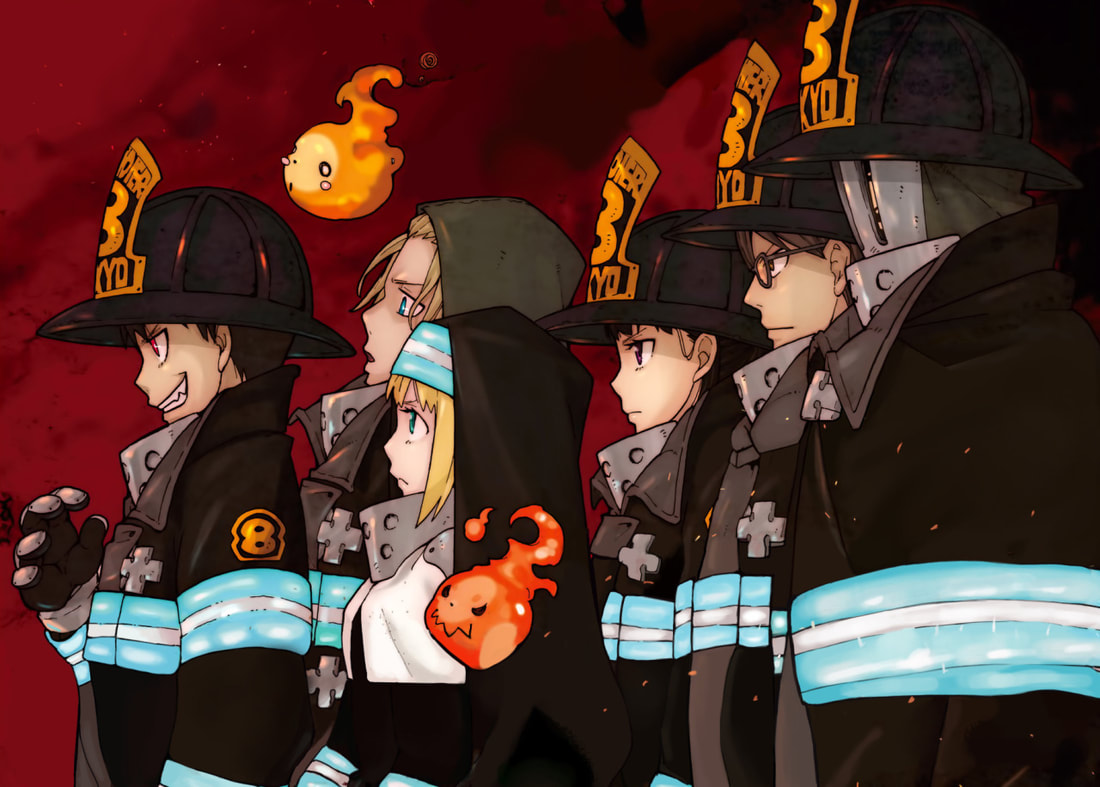

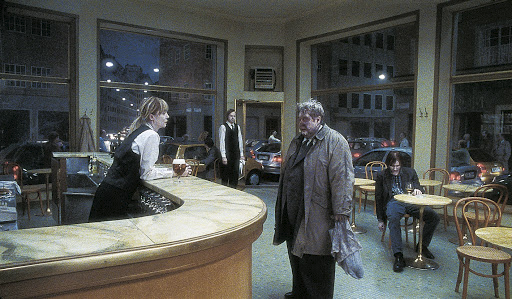
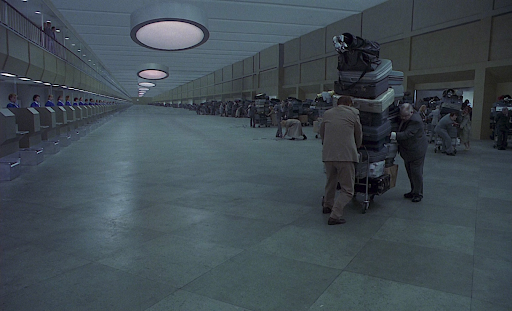
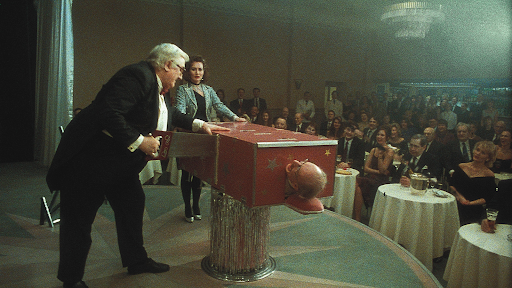
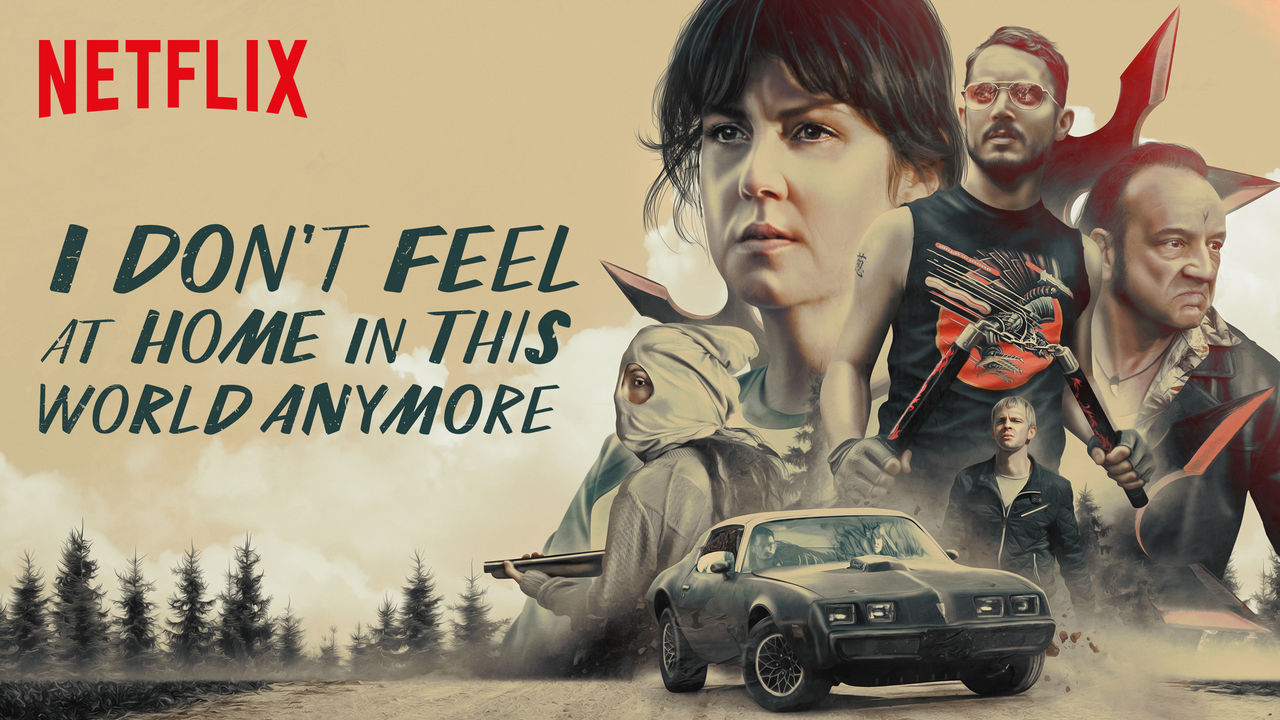
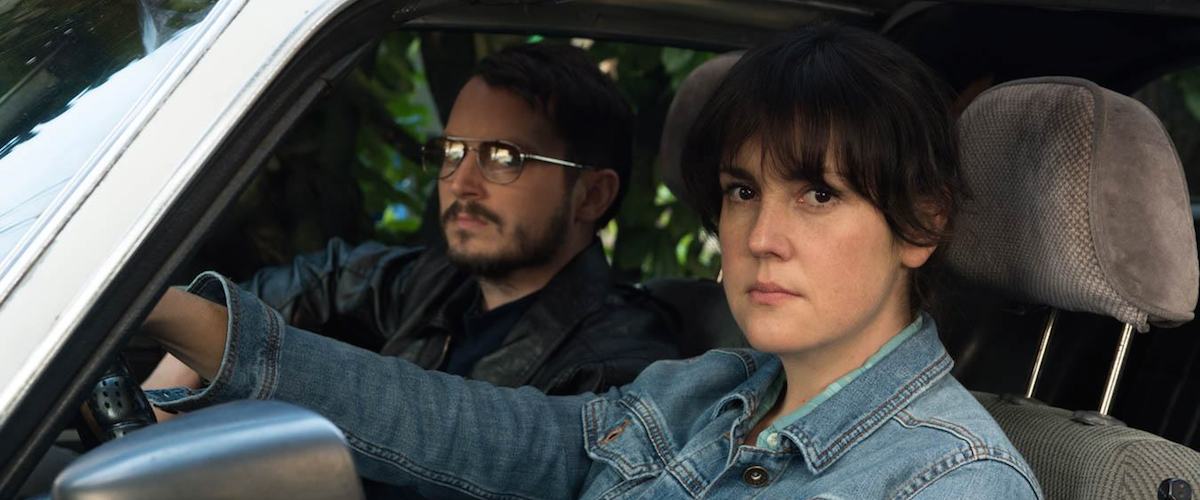
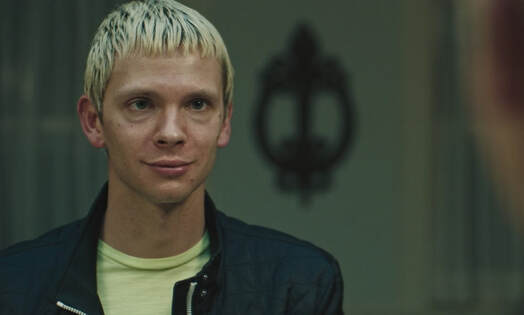
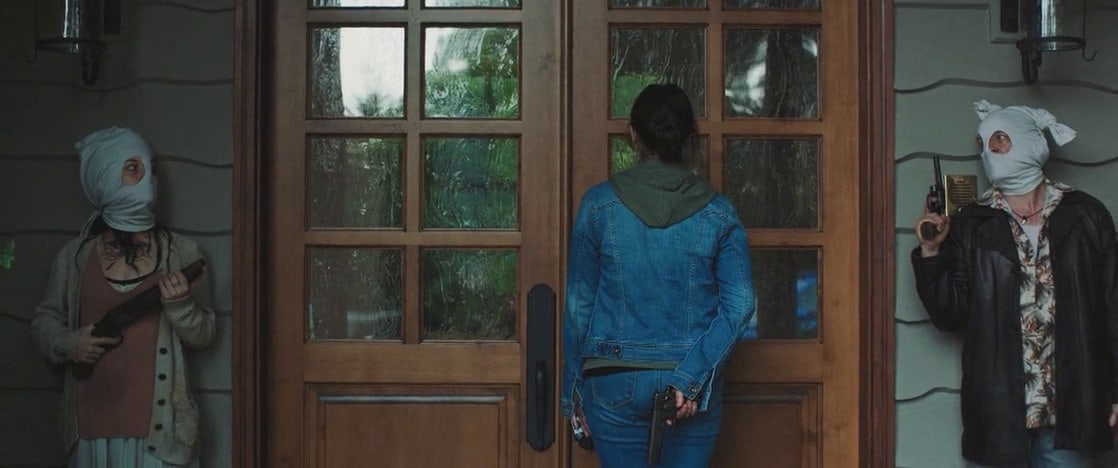
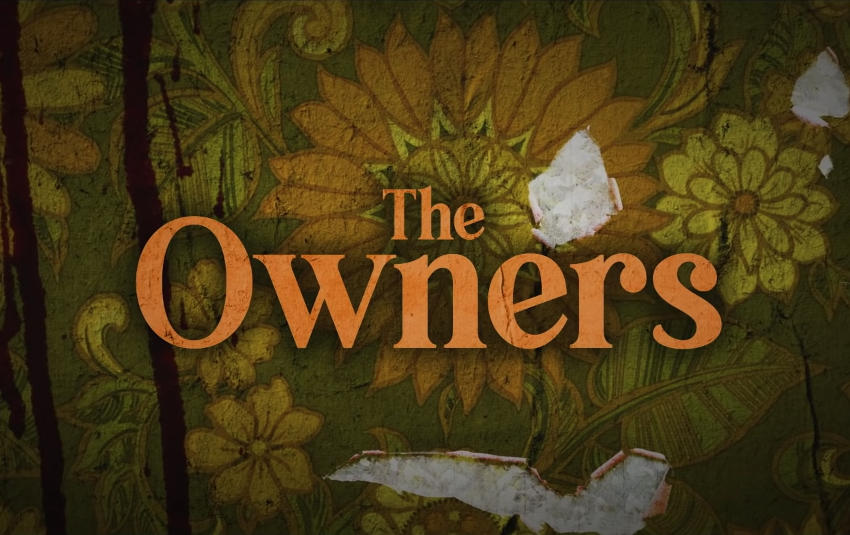
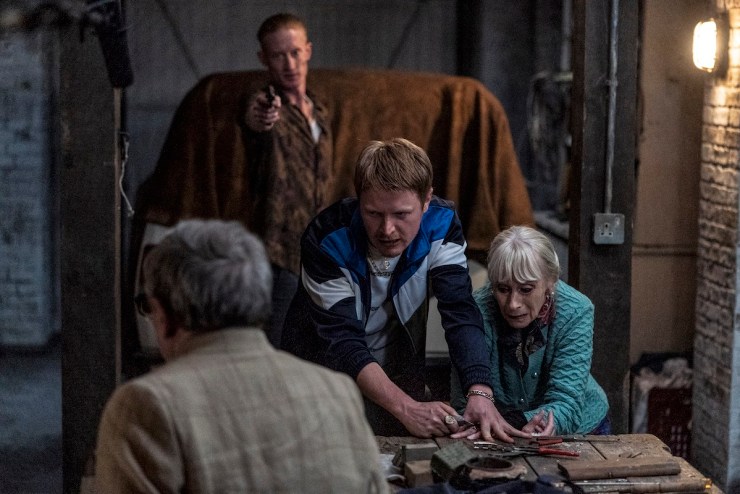
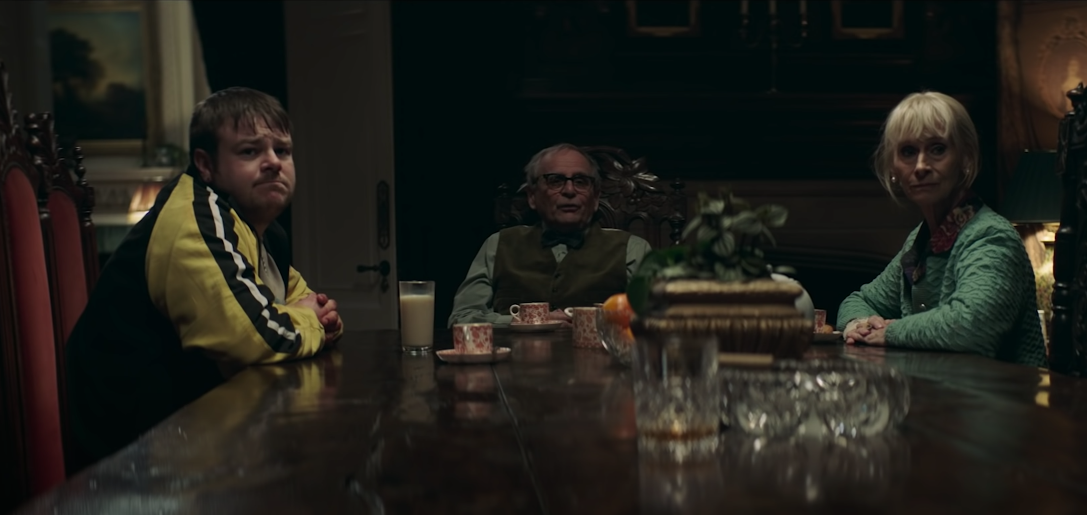
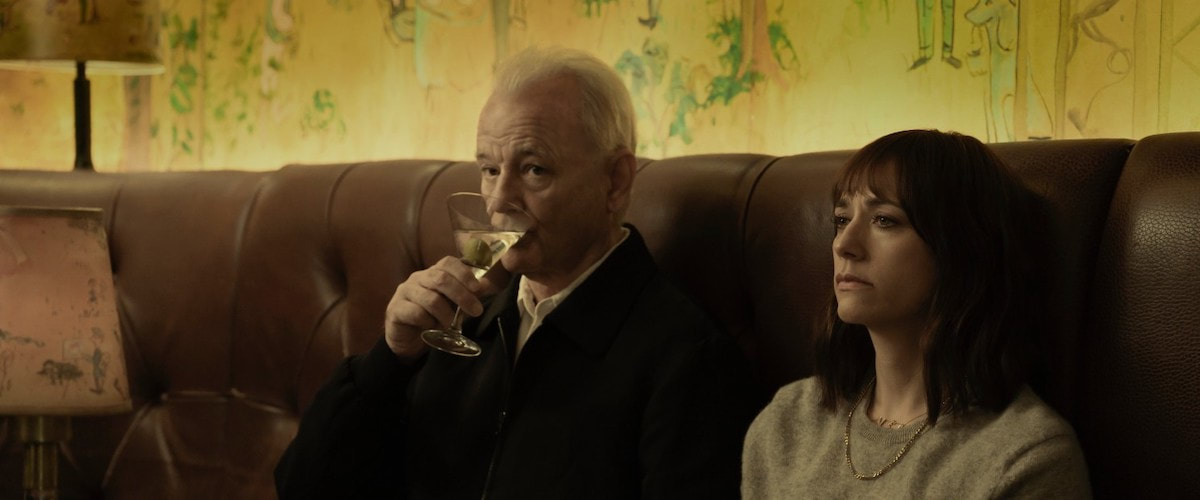
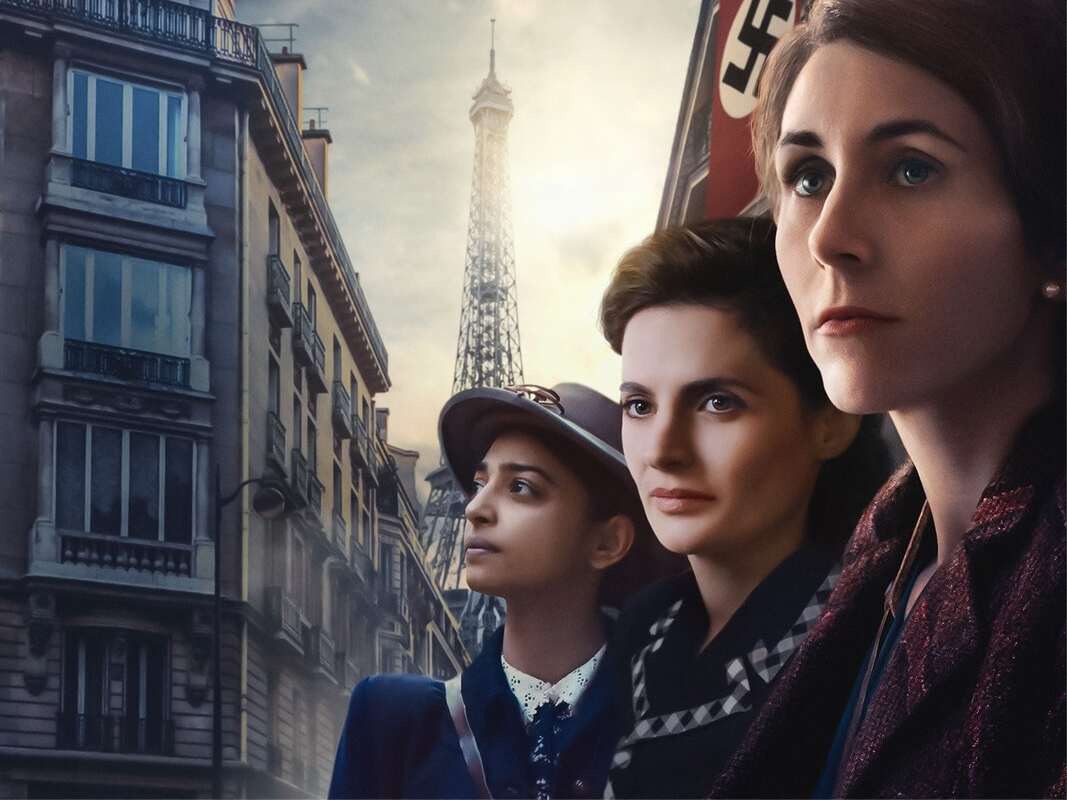
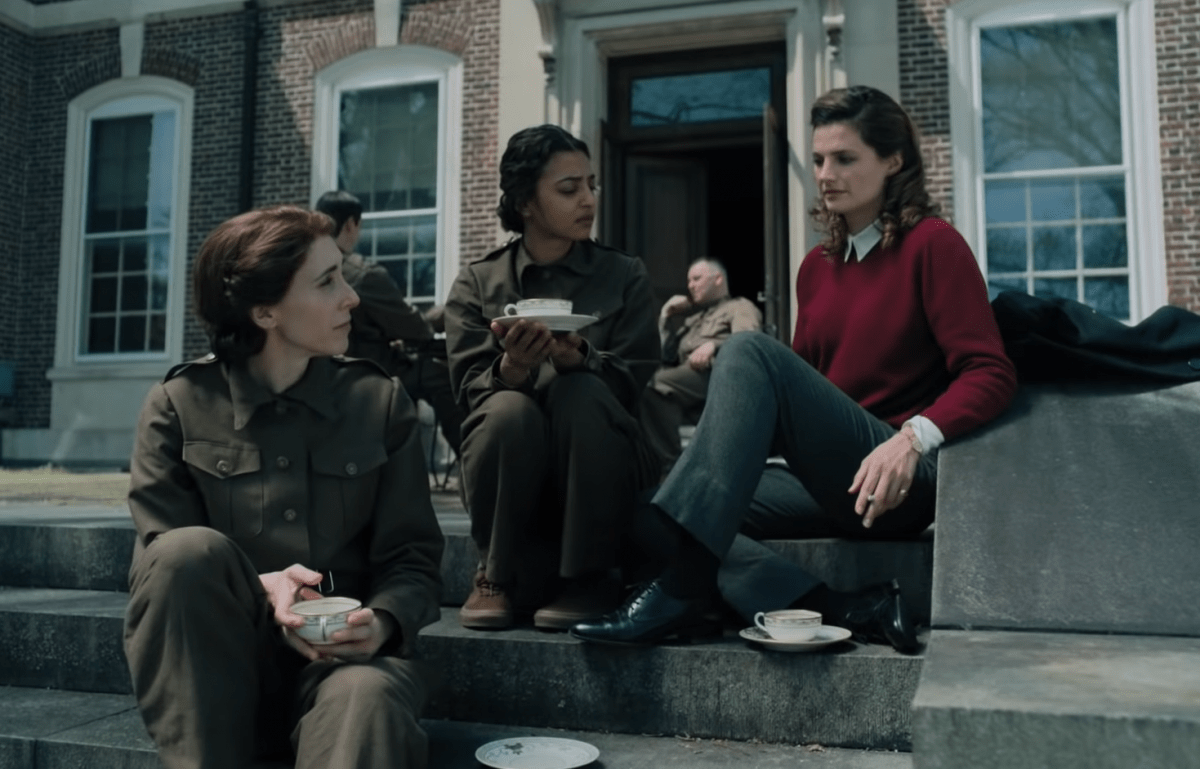
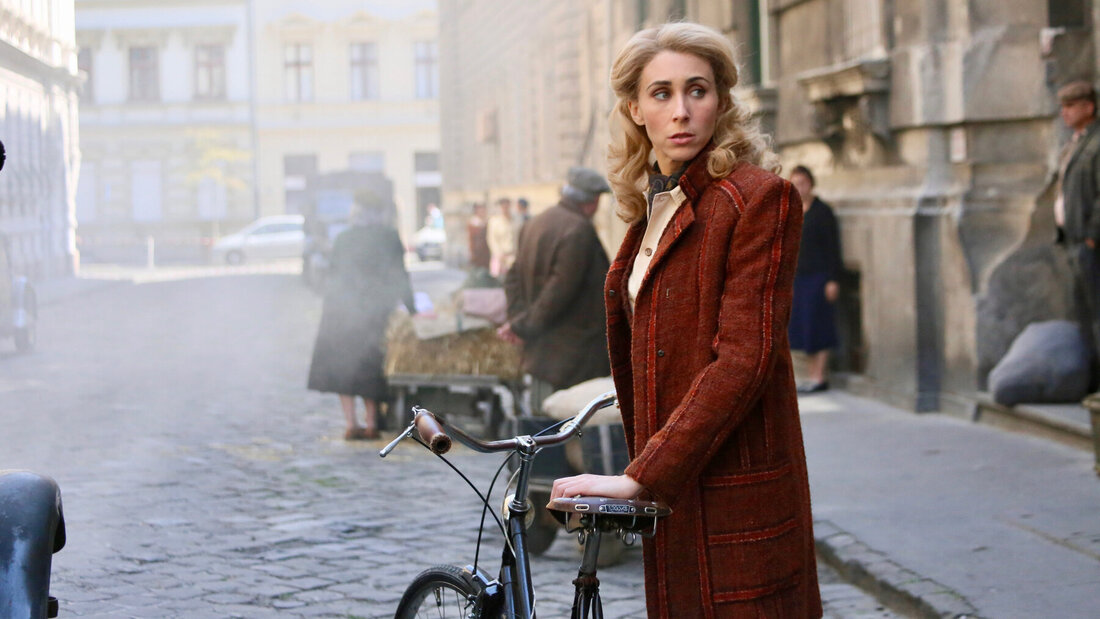
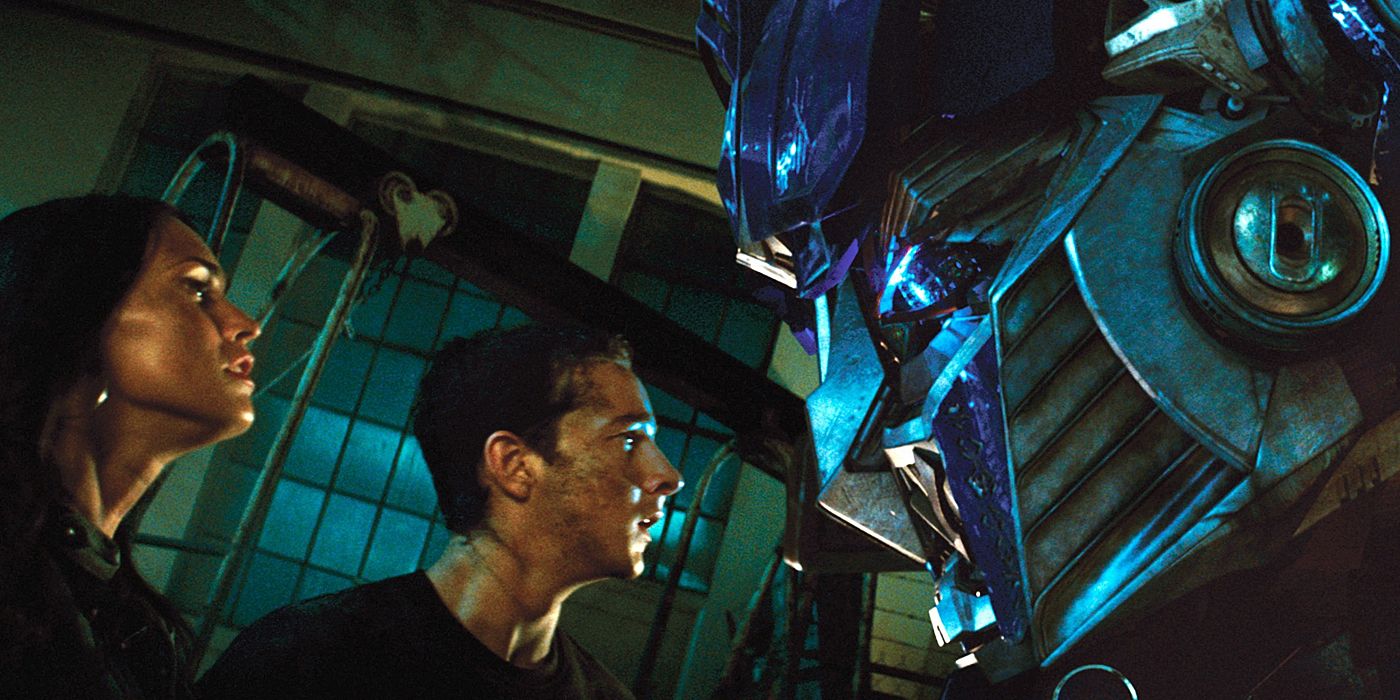
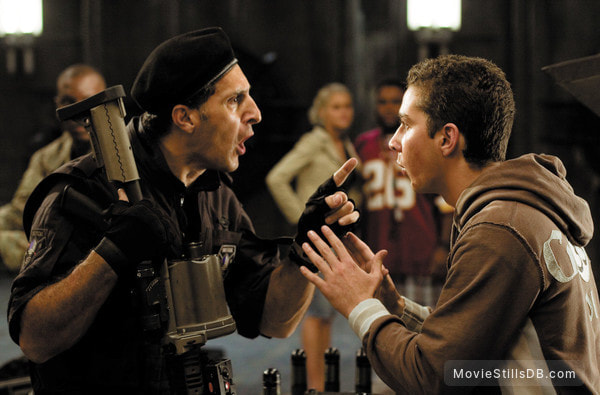
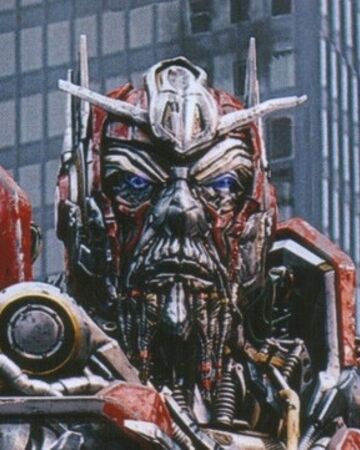
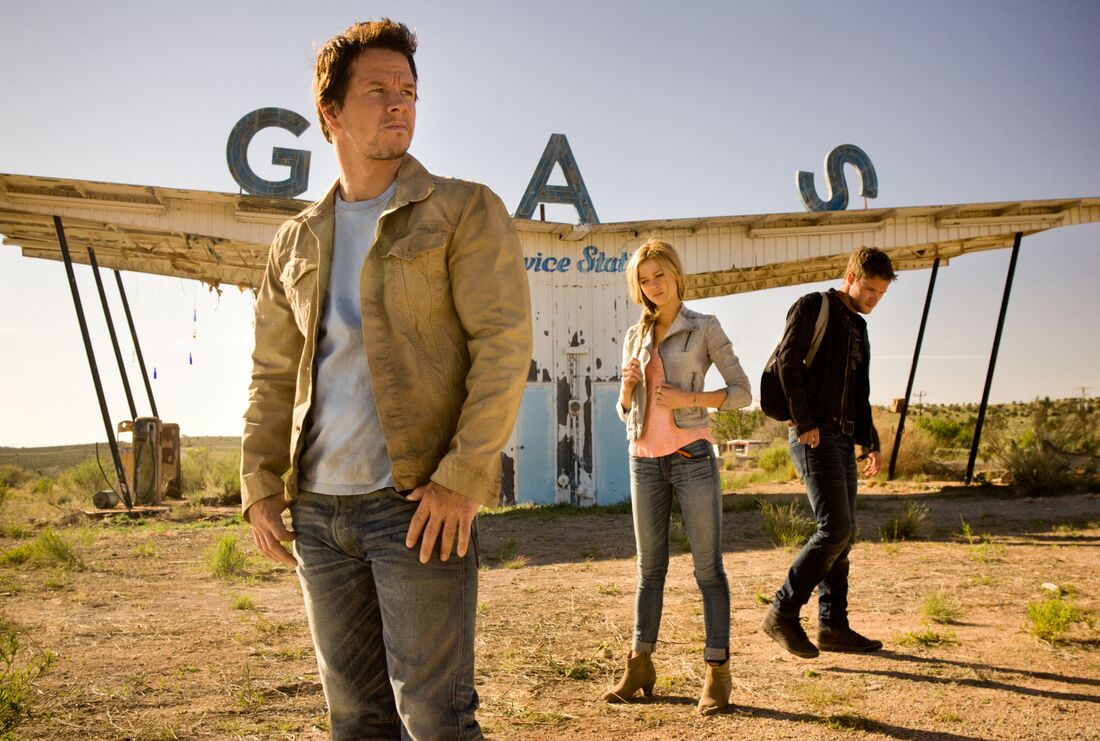
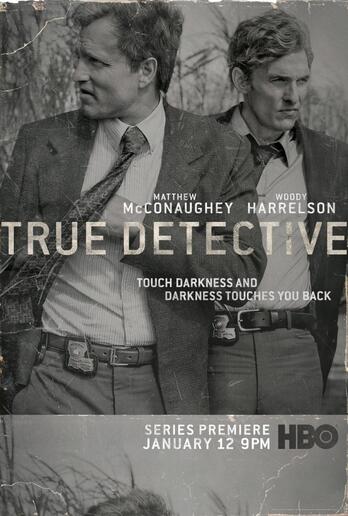
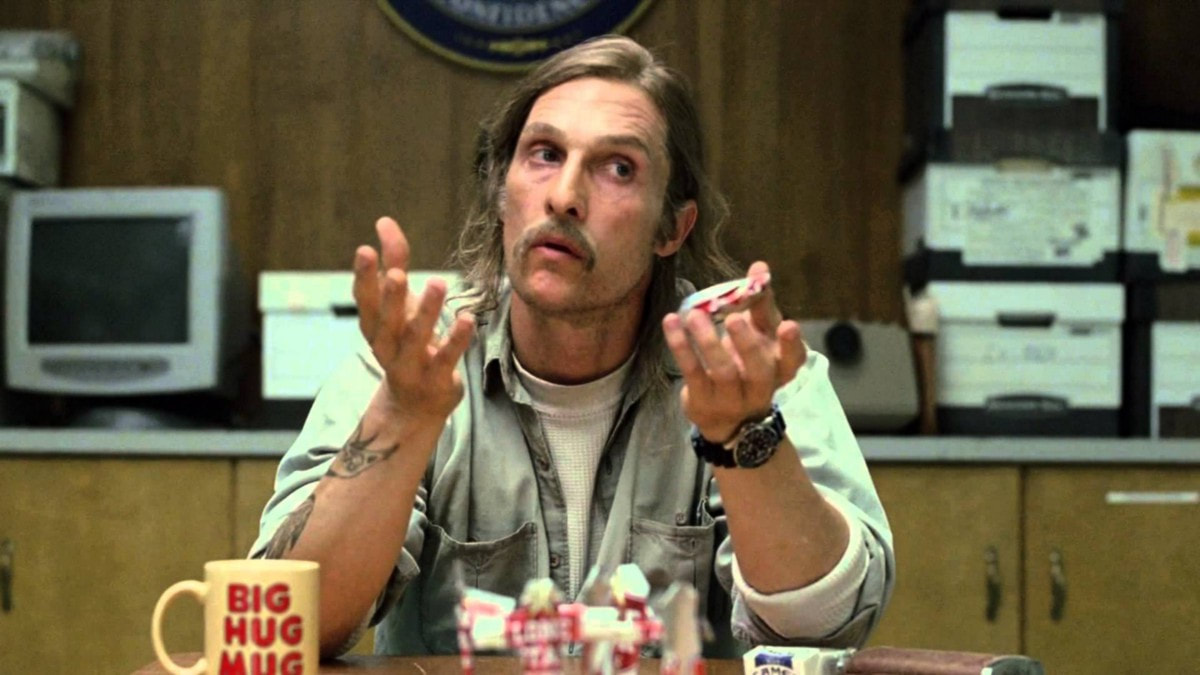
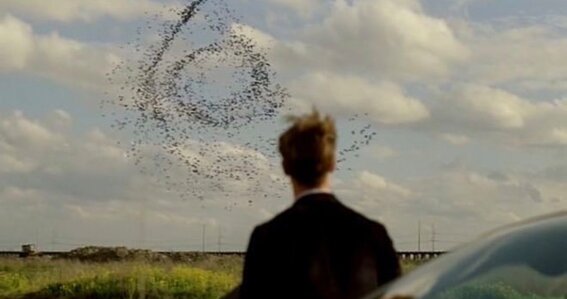
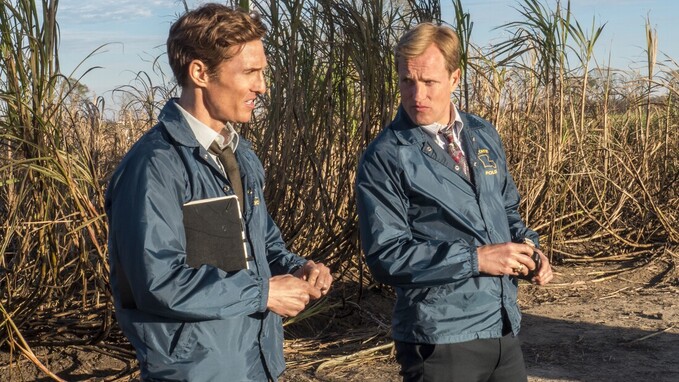
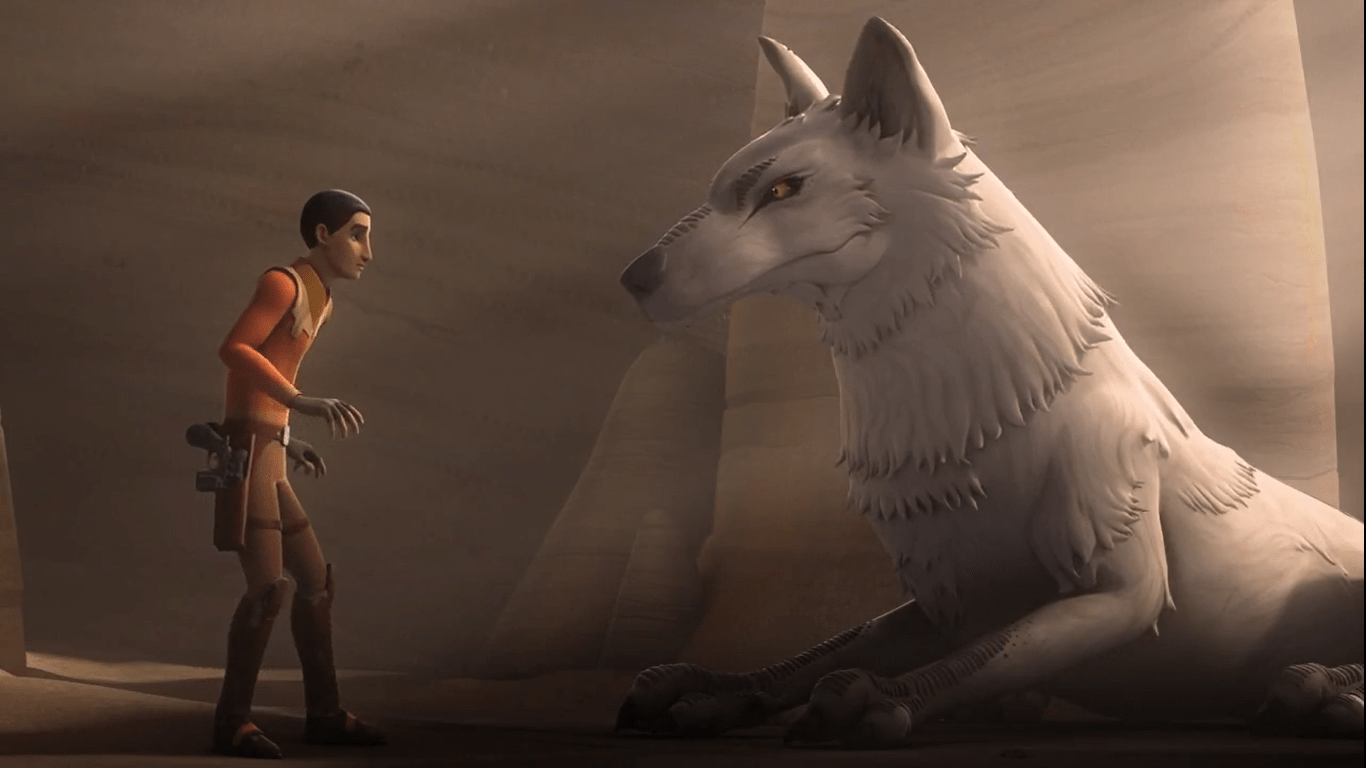
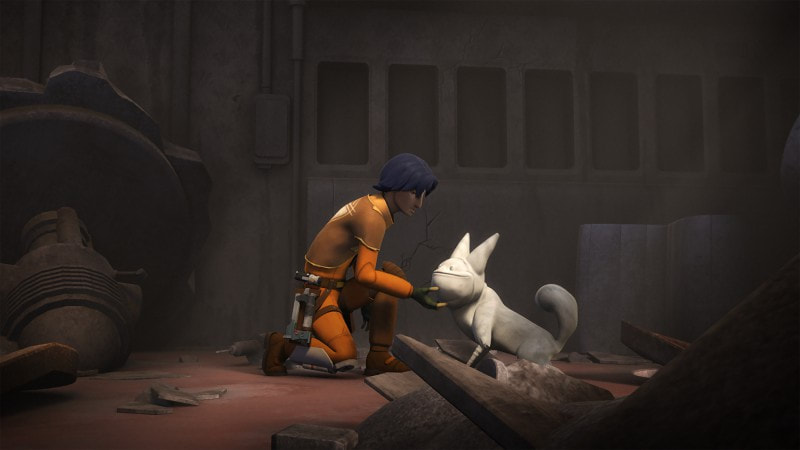
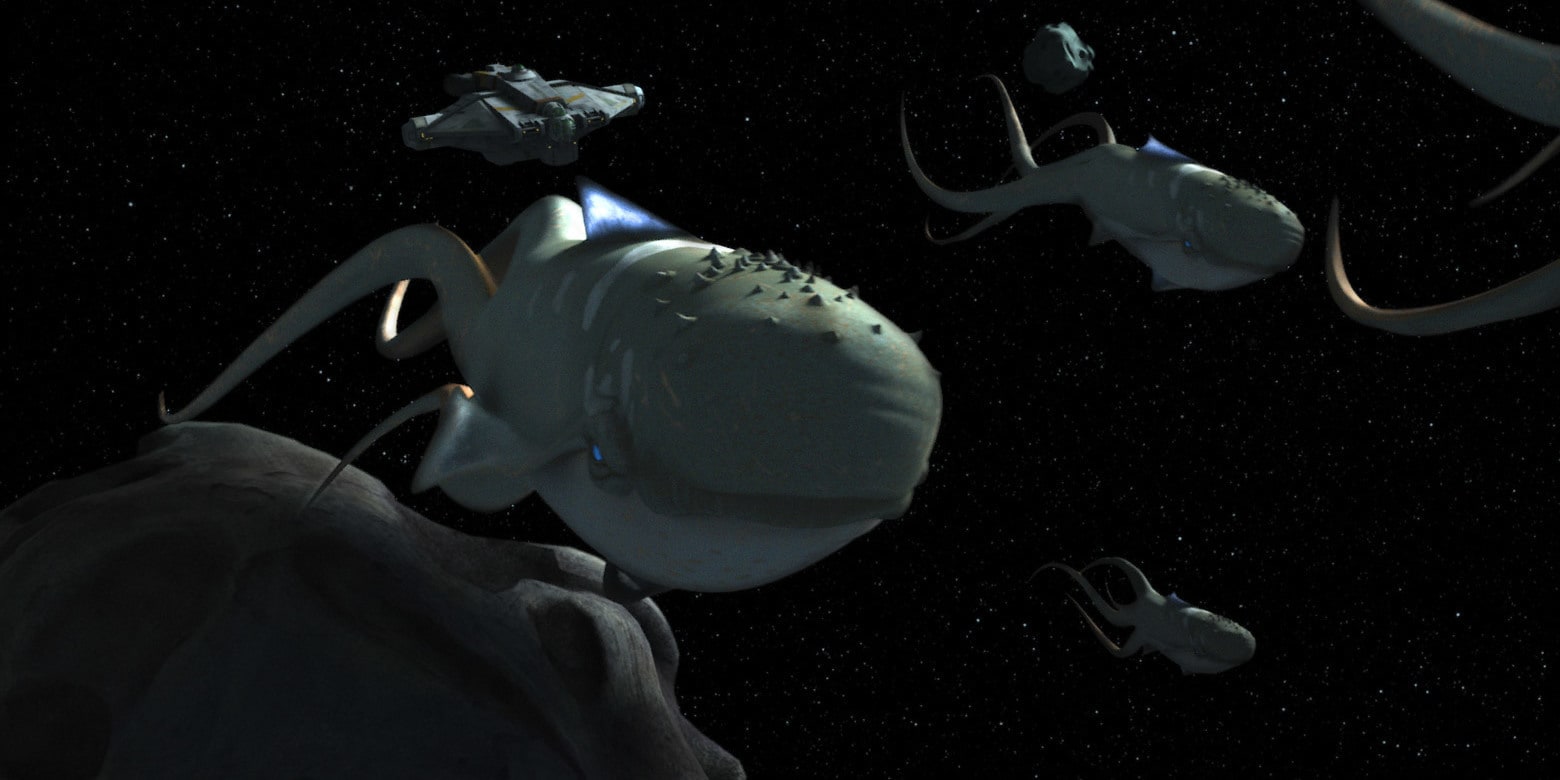
 RSS Feed
RSS Feed
